Google Pixel 4a vs OnePlus Nord vs iPhone SE: which cheaper phone is for you?
A mid-range match-up

The Google Pixel 4a was one of the most highly anticipated mid-rangers of the year, but then it took a long time to launch, and in the meantime we saw both the OnePlus Nord and the iPhone SE (2020) – two big name handsets that are major rivals to the Pixel.
So the Google Pixel 4a has entered a surprisingly crowded market, and you might understandably be deciding between these three phones, rather than jumping straight to Google’s.
To help you make that decision we’ve compared their specs and features in every key area, so you can see what’s similar and what’s different.
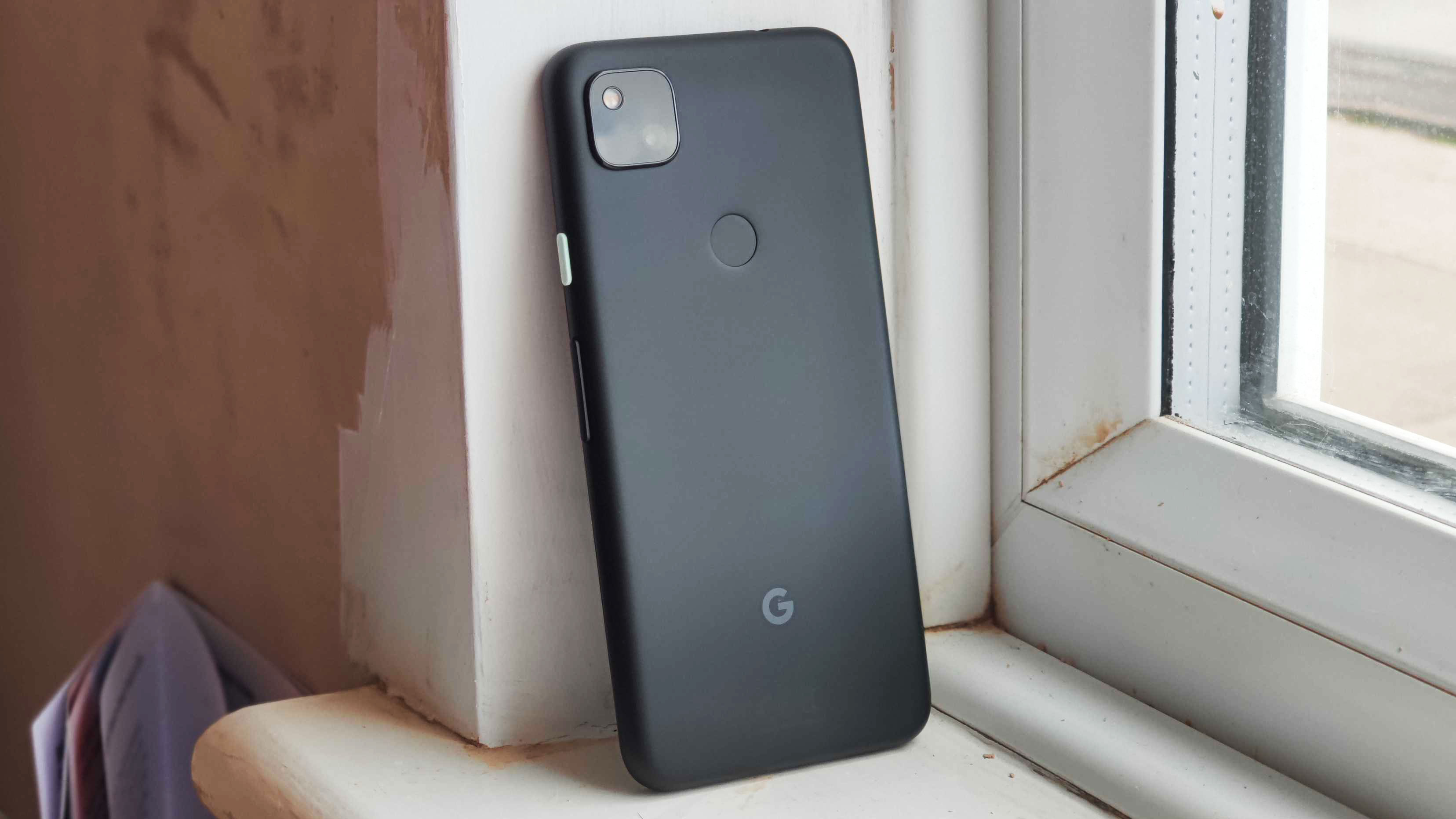
Google Pixel 4a vs OnePlus Nord vs iPhone SE design
The Google Pixel 4a has a plastic back with a fingerprint scanner in the center and a square camera block in the top left corner. Flip it over and there’s a punch-hole camera in the top left corner of the screen. It comes in black and has dimensions of 144 x 69.4 x 8.2mm, and a weight of 143g.
The OnePlus Nord on the other hand has a glass back and a metal frame – albeit with a slim plastic frame running between the two. The screen is flat with a large cut-out for the dual-lens camera in it, and minimal bezels. The phone is 158.3 x 73.3 x 8.2mm and 184g, and it comes in a choice of Gray Onyx or Blue Marble shades.

That colorful finish aside the rear is fairly plain, with the main feature being a large oblong camera bump, and while there’s no official water resistance rating, the OnePlus Nord does have some resistance according to OnePlus.
Finally, the iPhone SE (2020) has a glass back and a metal frame. Its front looks more old fashioned than its rivals though, as there are large bezels above and below the flat display. The phone is 138.4 x 67.3 x 7.3mm, so it’s compact, and it’s also light at 148g.
Sign up for breaking news, reviews, opinion, top tech deals, and more.
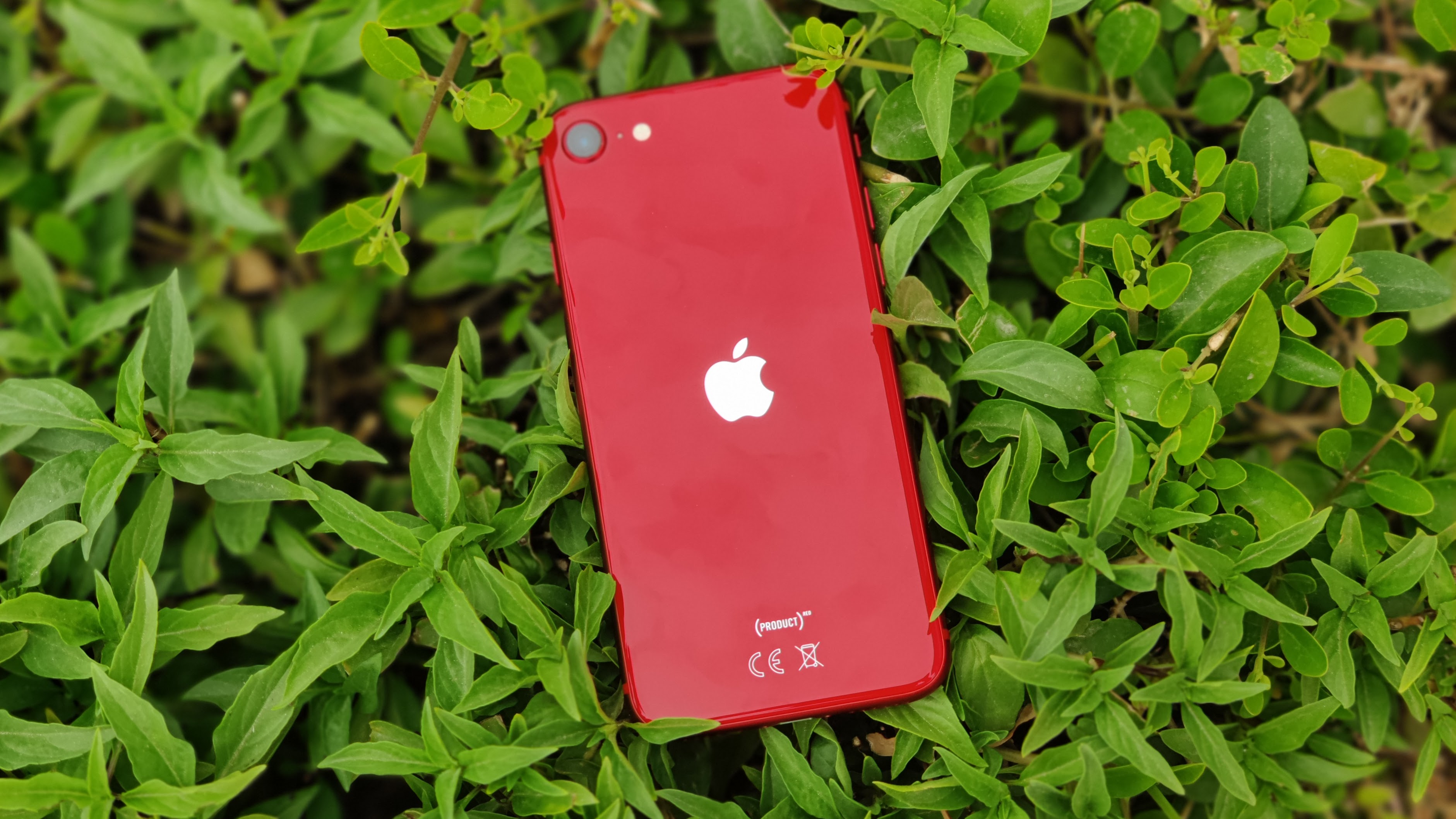
It comes in black, white, and red shades, has just a small camera on the back, and offers IP67 water resistance, meaning it can be submerged up to 1 meter deep for up to 30 minutes.
So between the Pixel 4a’s plastic back and the iPhone SE’s big bezels, the OnePlus Nord arguably has the most modern and premium design, but the other two phones are smaller and lighter.
Google Pixel 4a vs OnePlus Nord vs iPhone SE screen
The Pixel 4a has a 5.81-inch 1080 x 2340 OLED screen, with 443 pixels per inch and a 19.5:9 aspect ratio.
That makes it the middle of the three in terms of size and resolution, but the best in terms of pixel density, as the OnePlus Nord has a larger and higher resolution 6.44-inch 1080 x 2400 OLED screen with a 20:9 aspect ratio, but the much larger size means a slightly lower pixel density of 408 pixels per inch.
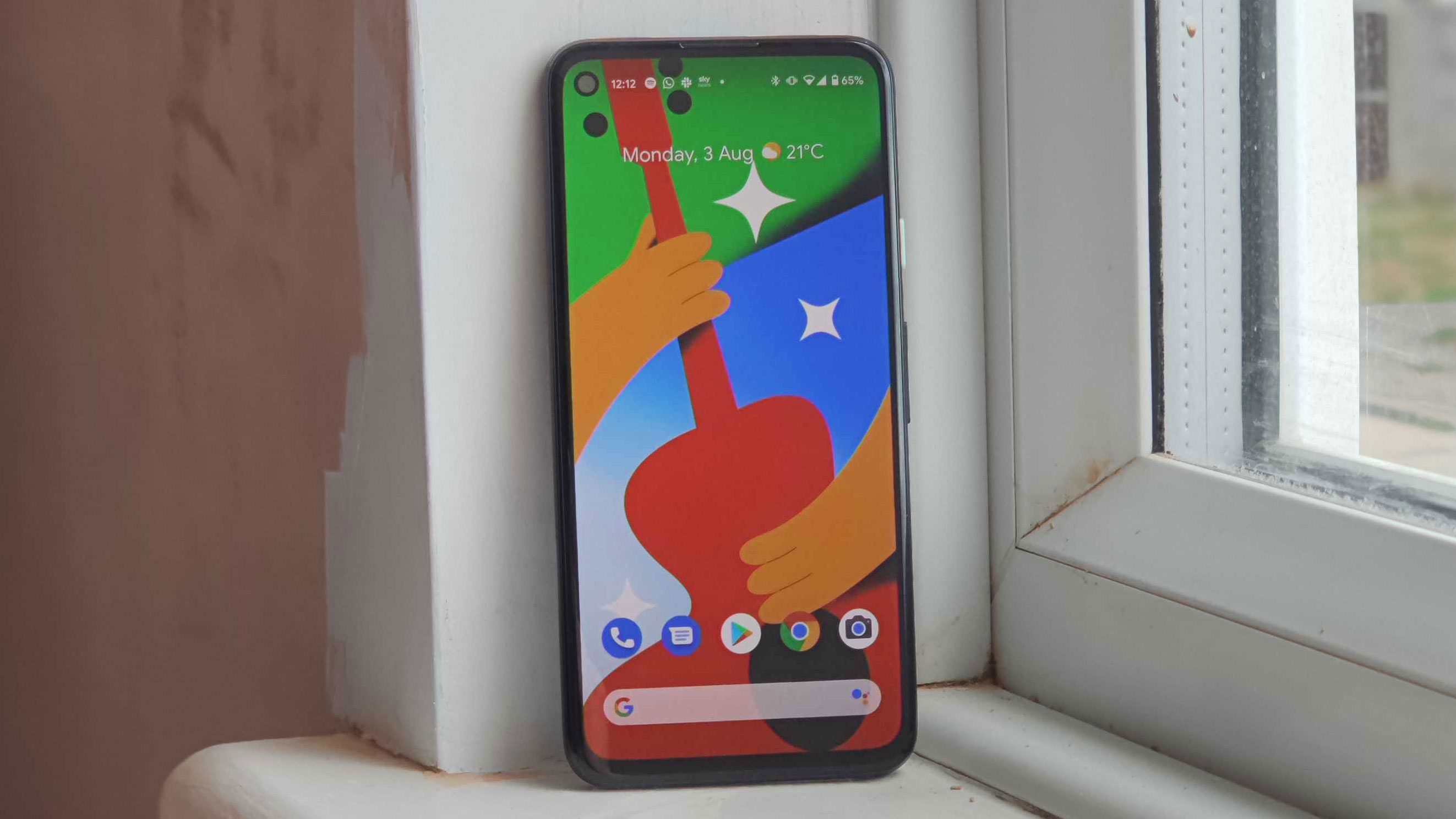
The iPhone SE (2020) meanwhile is the smallest at 4.7 inches, as well as being the lowest resolution at 750 x 1334, and having the lowest pixel density at 326 pixels per inch. It’s also the only one to use an LCD display, which typically offers inferior contrast to an OLED screen, and at 16:9 it is less widescreen than its rivals – though whether that’s better or worse is subjective.
Still, at least on paper the iPhone SE (2020) isn’t a match for the other two – though its compact size will appeal to some, as it makes the phone easier to use one-handed.
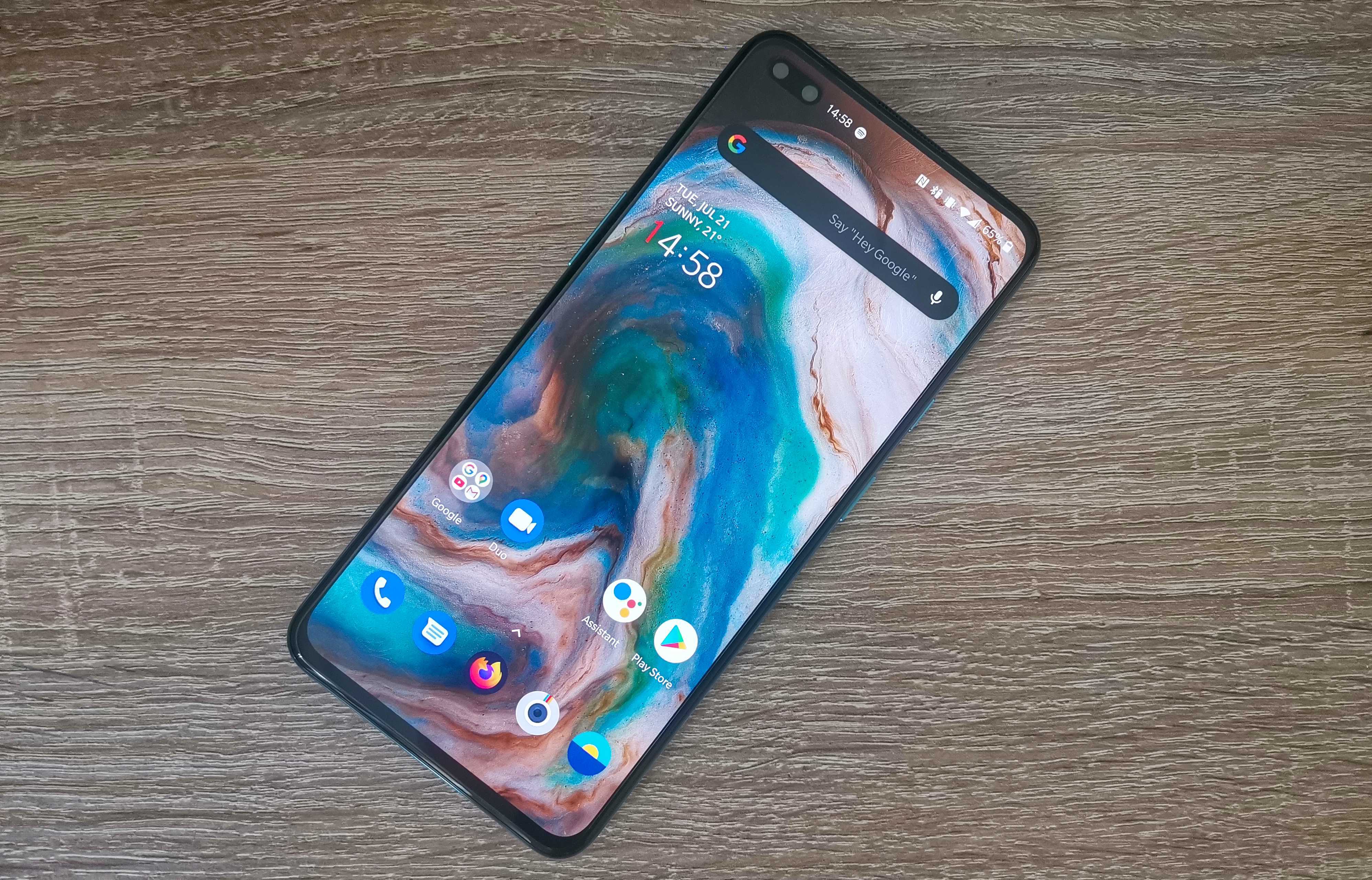
On paper the OnePlus Nord arguably comes out on top, as not only is it the largest and highest resolution, it also has a 90Hz refresh rate, compared to just 60Hz on the other two, and it supports HDR10+.
You’ll have to wait for our full review for a detailed look at what we think of the Google Pixel 4a’s screen in practice, but we were impressed with the OnePlus Nord’s, calling it bright and clear in our review, though noting that the colors aren’t quite as rich as on some handsets. The screen on the iPhone SE (2020) meanwhile we described as “fine” if lacking a bit in brightness.
Google Pixel 4a vs OnePlus Nord vs iPhone SE camera
You get just a single-lens 12.2MP f/1.7 camera on the back of the Google Pixel 4a. It has optical image stabilization (OIS) and can record video in up to 4K quality at 30fps. That might not sound very impressive now that multi-lens cameras have become a standard feature, but it’s the same camera as you’ll find on the Pixel 4, so it’s likely to perform well.
The Google Pixel 4a is also not alone in only having one rear camera, as the iPhone SE (2020) only has one as well, namely a 12MP f/1.8 one with OIS and the ability to shoot 4K video at up to 60fps.
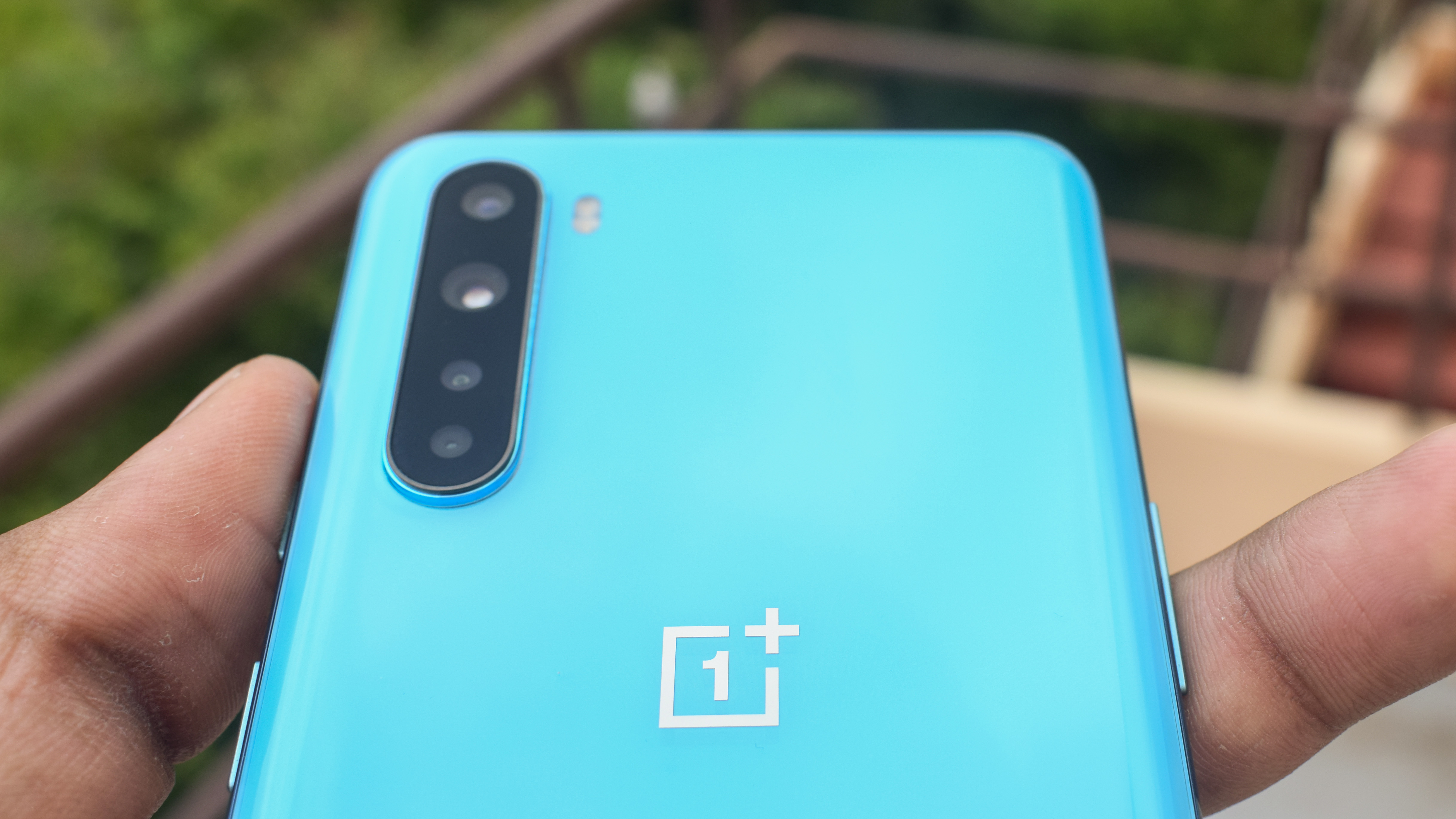
The OnePlus Nord though has four rear cameras, specifically a 48MP f/1.8 main camera, an 8MP f/2.3 ultra-wide one, a 5MP f/2.4 depth one, and a 2MP f/2.4 macro one. It also has OIS on the main lens and can shoot 4K footage at 30fps.
As with everything else you’ll have to wait for our review to see how the Pixel 4a performs in practice, but we were fairly impressed by both the iPhone SE (2020) and the OnePlus Nord. We noted that the iPhone’s camera was good but not market-leading, and that the Nord’s main lens could capture detailed, bright shots.
As for the front-facing cameras, you get an 8MP f/2.0 one on the Pixel 4a, a 7MP f/2.2 one on the iPhone SE (2020), and a dual-lens one with both a 32MP f/2.5 main and 8MP f/2.5 ultra-wide camera on the OnePlus Nord – so again it has more lenses than its two main rivals.
Google Pixel 4a vs OnePlus Nord vs iPhone SE battery life
The Google Pixel 4a has a 3,140mAh battery with 18W fast charging. That’s not massive, but then neither is the phone. The OnePlus Nord meanwhile has a 4,115mAh battery, which is a lot bigger, but so is the phone’s screen. The Nord also supports faster 30W charging.
As for the iPhone SE (2020), that has a tiny 1,821mAh battery – but again, that’s in line with the screen size. This one supports 18W charging and wireless charging, the latter of which is something you don’t get from the Nord or the Pixel 4a.
We don’t know how long the Google Pixel 4a’s battery will last yet, but in our tests the OnePlus Nord and iPhone SE (2020) both lasted around a day, but not much more.
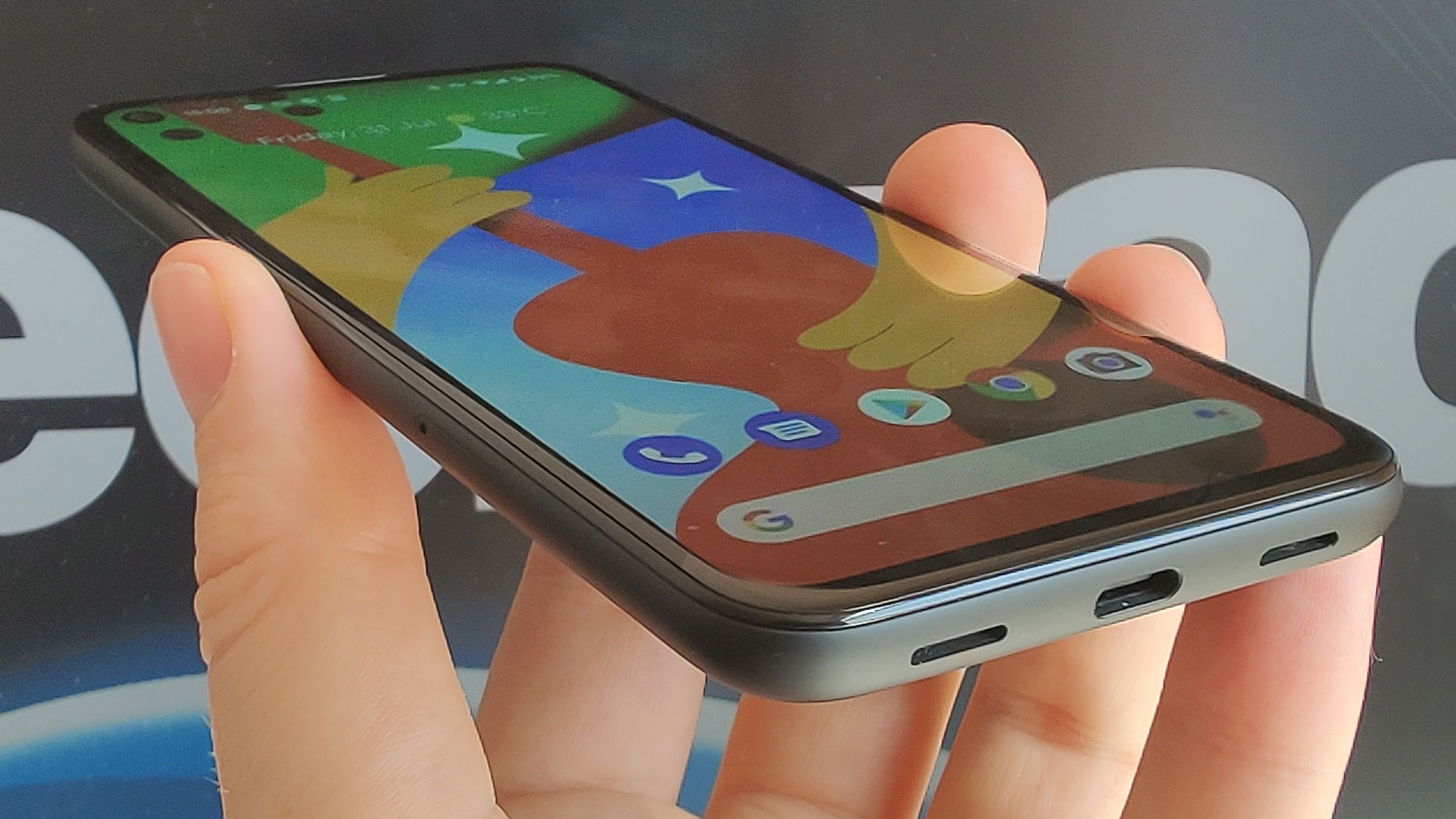
Google Pixel 4a vs OnePlus Nord vs iPhone SE specs and features
The Google Pixel 4a has a mid-range Snapdragon 730G chipset and 6GB of RAM, while the iPhone SE (2020) has a top-end A13 Bionic chipset and 3GB of RAM, and the OnePlus Nord has an upper mid-range Snapdragon 765G chipset and a choice of 8GB or 12GB of RAM.
While we haven’t fully tested the Pixel 4a you can probably expect it to be the worst performer of the three based on those specs, though we’d think it will still perform well. The iPhone SE’s chipset might give it the overall edge but it’s worth noting that the OnePlus Nord is the only one of them to support 5G.
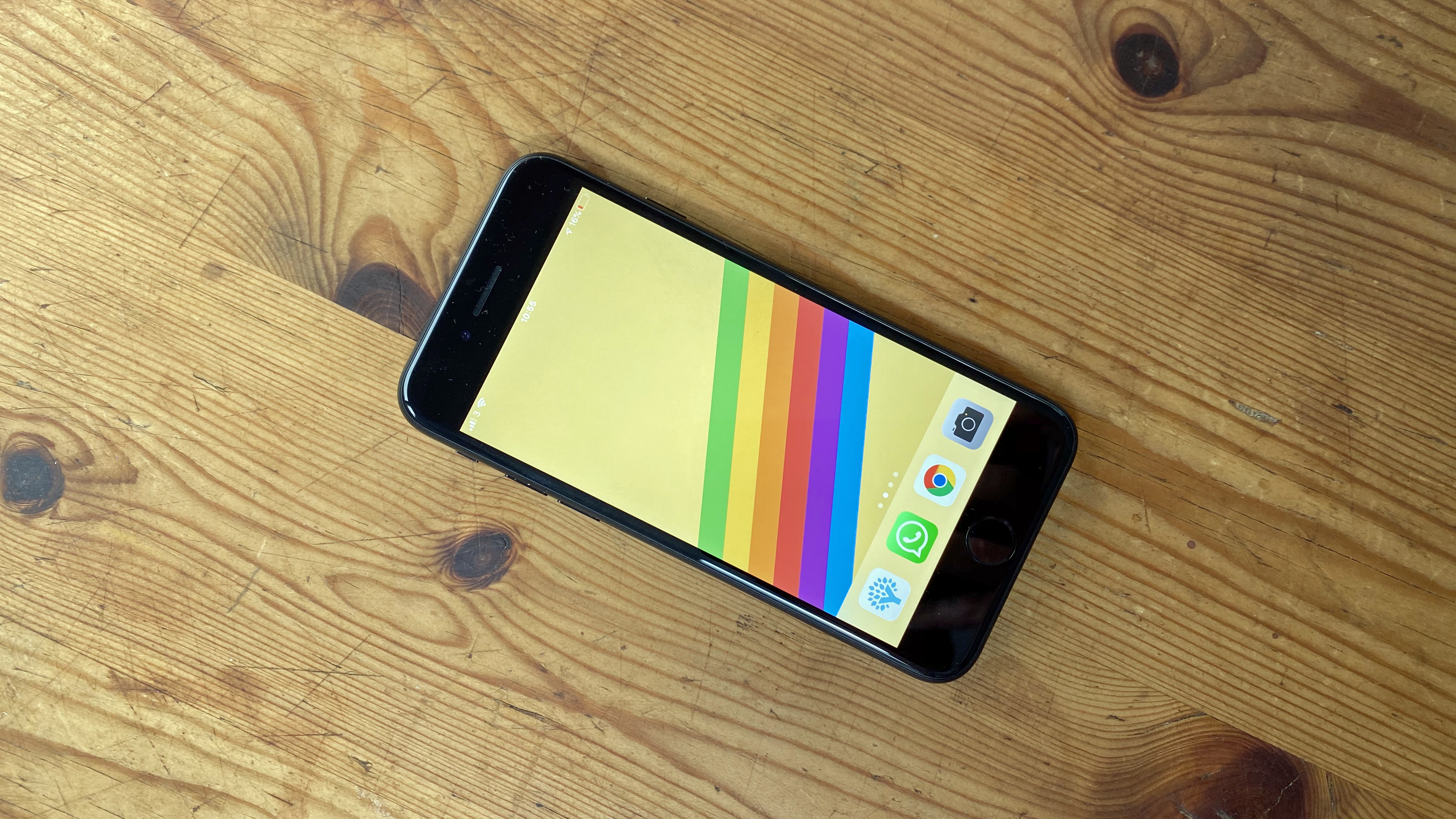
Other specs include 128GB of storage in the Google Pixel 4a, 128GB or 256GB of storage in the OnePlus Nord, and 64GB, 128GB or 256GB in the iPhone SE (2020). None of these phones have a microSD card slot.
The three phones do all have biometric security though. In the Pixel 4a it takes the form of a fingerprint scanner on the back, for the iPhone SE (2020) it’s a fingerprint scanner on the front, and for the OnePlus Nord it’s a fingerprint scanner built into the screen.
The Pixel 4a and OnePlus Nord also run Android of course – Android 10 specifically. But with the Pixel 4a you’re likely to get faster updates. The iPhone SE (2020) meanwhile runs iOS 13.
Google Pixel 4a vs OnePlus Nord vs iPhone SE price and availability
The Google Pixel 4a costs $349 / £349 / AU$599 and will be available from August 20 in the US, September 10 in Australia, and October 1 in the UK.
As for the OnePlus Nord, that’s out now and starts at £379 (around $480, AU$680) for a version with 8GB of RAM and 128GB of storage, rising to £469 (around $590, AU$850) for 12GB of RAM and 256GB of storage. Notably the OnePlus Nord isn’t available in the US or Australia at the time of writing.
Finally, the iPhone SE (2020) is also available now and starts at $399 / £419 / AU$749 for 64GB of storage. If you want 128GB you’ll have to pay $449 / £469 / AU$829, and 256GB is $549 / £569 / AU$999.
So the Pixel 4a is the cheapest, closely followed by the Nord (at least in the UK), and then there’s a bit more of a jump to the iPhone SE (2020). Of course, those latter phones have the advantage of already being available, which at the time of writing the Pixel 4a isn’t, and UK buyers in particular have a while to wait for it.
Takeaway

Based purely on the specs, pricing, and features, all three of these phones hold up well, offering a good all-round assortment of specs at a mid-range price.
There are some clear differences though. The iPhone SE (2020) is the only one of these to run iOS, so it’s the clear choice for Apple fans, as well as for fans of compact phones and those who want the most raw power, thanks to that high-end chipset.
The OnePlus Nord meanwhile has a big screen, a high refresh rate, a modern design, loads of cameras, and 5G working in its favor, and the Google Pixel 4a splits the difference in terms of size, as well as offering a pure Google experience and coming in at the lowest price of the three.
- On a tighter budget? Check out the best cheap phones
James is a freelance phones, tablets and wearables writer and sub-editor at TechRadar. He has a love for everything ‘smart’, from watches to lights, and can often be found arguing with AI assistants or drowning in the latest apps. James also contributes to 3G.co.uk, 4G.co.uk and 5G.co.uk and has written for T3, Digital Camera World, Clarity Media and others, with work on the web, in print and on TV.